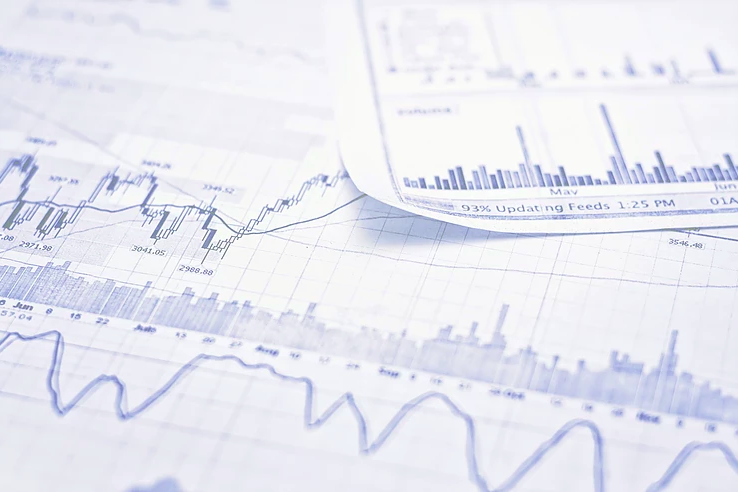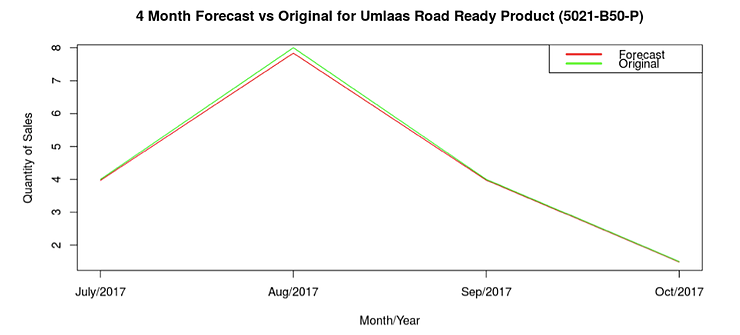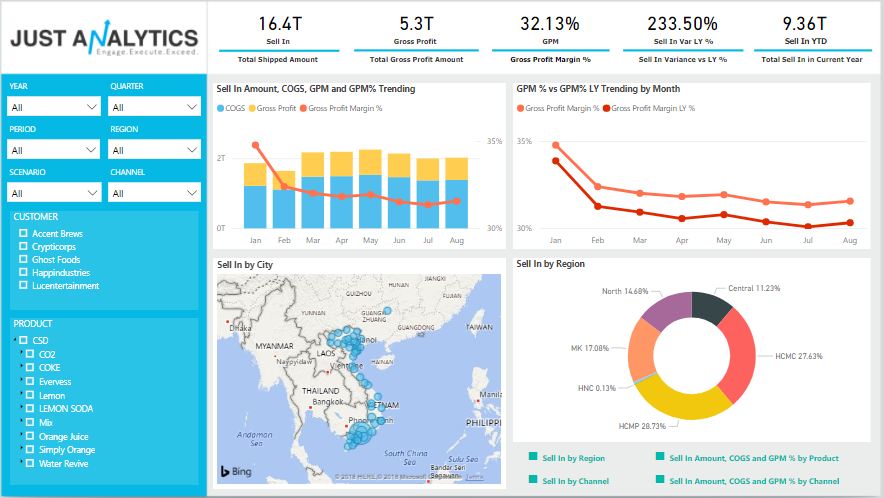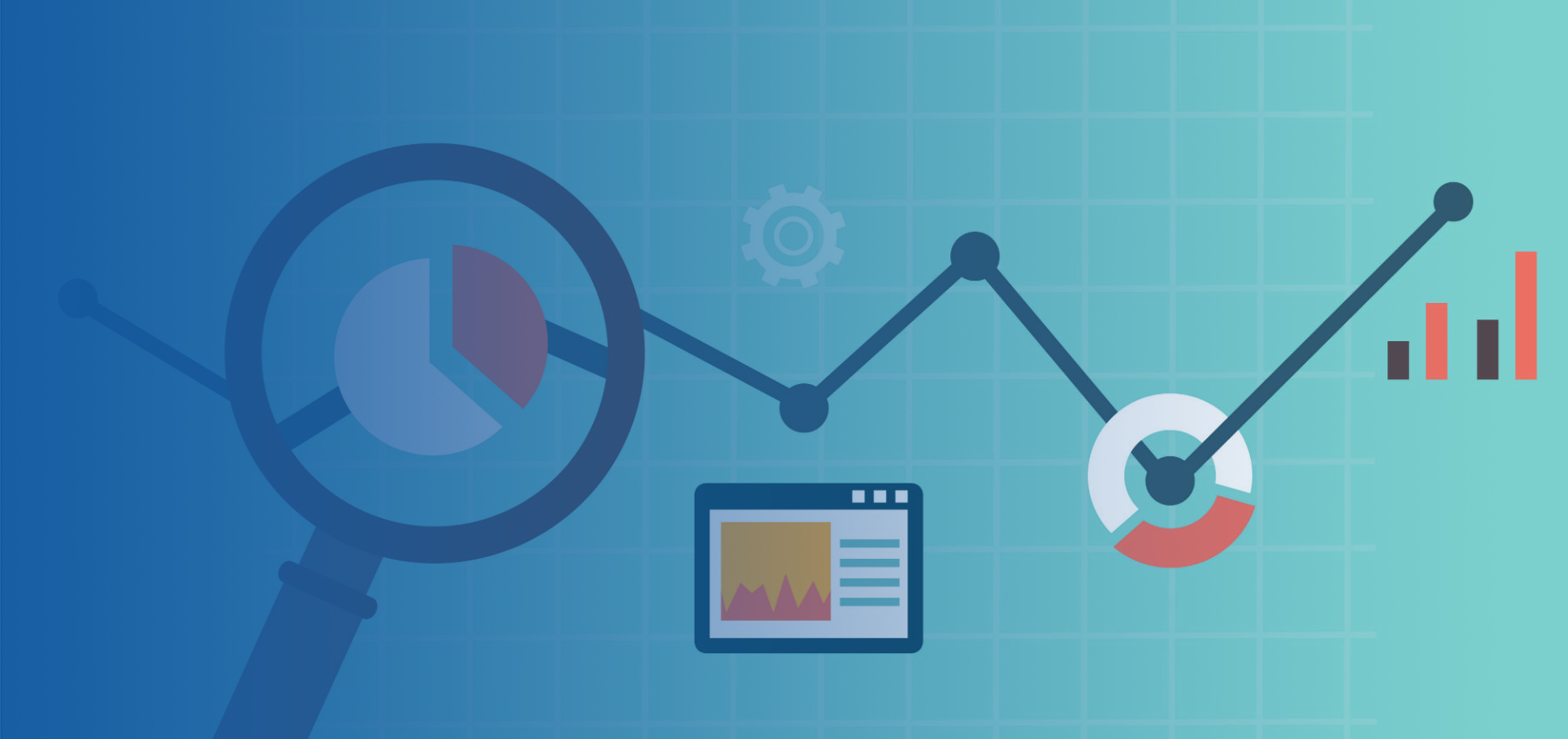
By convention, sales forecasts are done by extending a line from the history of the product’s demand and extending this line to a horizon. With it comes the implicit assumption that “If things were the same as in the past, the demand will likely be X given the trend”. Sounds familiar?
Now we all know that things are never exactly “the same as they were in the past.” The market and environment are always shifting. So how can you capture these changes in the forecasting approach? Have you ever been curious about how seasonality, product feature, growth of target markets, shifts in demographics, macroeconomic indicators, competitor activities and even government regulations can be integrated into a forecast? Machine Learning (ML) will allow you to do that. Want more info? Contact us for all these trending topics and more.
Many variables indeed come into play, but only a few provide signals that affect the forecast. By isolating the “significant few” from the “trivial many”, you are in effect doing feature forecasting. ML can isolate these significant few through the simple Pareto Analysis, to the Autoregressive Regression Modelling, or advanced Multivariate techniques. You will be able to separate the signal from the noise.
But be warned: it’s not a simple task. Your baseline forecast (ie the extended trend line) must respond to the signals and there are ways to measure that response. However, signals, on their own, are also variables to be forecasted; and there lies the complication. How do these signals act on your product’s demand when they themselves depend on other stimuli? An entire web of connections is thus created and each must be understood.
It’s a good thing ML offers algorithms as you theorize on the variables’ interconnections. ML can identify lag indicators vs lead indicators; whether variables are correlated or simply operating independently. Once understood, ML can proceed in deriving a prediction equation that sets your product demand as a function not only of temporal effects (ie trend, seasonality, cycles), but other external factors which you will stumble on during data exploration and discovery. ML lets the data “speak for itself” by making patterns evident despite the chaos of irregular movements and jaggedness in your sales graph. ML can even detect significant shocks!

The above graph shows a comparison for a sales forecast vs the original data with an average variance of less than 10%. The forecast was derived by employing machine learning algorithms to do advanced time series modeling. Adding new features to the model in future iterations can result in even better accuracy.
Your sales forecast is a dynamic response to the universe of possible impulses which are both measurable and non-measurable, quantitative and qualitative, within and outside your market. The host of algorithms in ML allows you to sift through these and find those precious variables in your data.
Big data is here and we need to hone its immense power. If you’re still relying on conventional sales forecasting techniques, then you are missing out. One of our customers was using traditional techniques to make sales plans, that led to delays in delivery leading to potential losses. We have developed a solution for them that helps building a sales plan that predicts sales patterns avoiding unforeseen cash flow problems.

Our solution combined with the knowledge of field deals helped reinforce their business figure, guaranteeing higher ROI and better administration. For further details on our solution, check out this link.
About the Author
Prof. Francisco N. de los Reyes teaches at the undergraduate and graduate degree programs of the School of Statistics at the University of the Philippines, Diliman. He is an established practitioner of Data Science and Analytics for cross-sectional data and time series forecasting. Prof. de los Reyes is the Grand Champion of the 2017 SAS Philippines Analytics Competition (Faculty Division). He was awarded the Sunlife Brilliance Professorial Chair for Statistics in December 2017.


